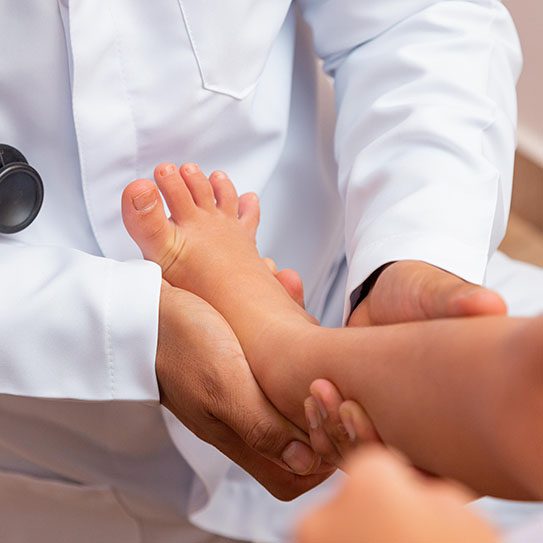
Avulsion injuries can be a daunting challenge for young athletes and their parents. Understanding what avulsion injuries treatment involves can help ease concerns and set the stage for a successful recovery. These injuries occur when an intense force causes a ligament or tendon to pull a fragment of bone away from its main structure, often during high-impact or high-intensity sports. This blog post will guide you through the treatment process for avulsion injuries, helping you understand the steps and care involved in recovery.
Early Diagnosis: The First Step in Avulsion Injuries Treatment
The treatment journey for avulsion injuries begins with an accurate and timely diagnosis. Recognizing the symptoms early and consulting with a pediatric orthopedic specialist are crucial. Symptoms often include sudden, severe pain at the injury site, swelling, and sometimes an inability to move the affected limb. If you suspect an avulsion injury, it’s important to seek medical advice promptly.
Medical professionals will often use X-rays to diagnose avulsion injuries, though MRI or CT scans may be employed to obtain more detailed images. These imaging tests help determine the severity of the injury and whether a piece of bone has been displaced, which is pivotal in planning the course of treatment.
Non-Surgical Avulsion Injuries Treatment
Many avulsion injuries do not require surgery. The treatment typically starts with the RICE protocol — Rest, Ice, Compression, and Elevation — which is effective at reducing swelling and pain in the initial days after the injury.
Rest and Immobilization
Rest is a critical component of treating an avulsion injury. Immobilizing the injured area helps prevent further damage. Depending on the injury’s location, this could mean wearing a splint, sling, or even a cast. For lower body injuries, crutches or a walker may be necessary to keep weight off the healing bone.
Medication
To manage pain and reduce inflammation, doctors may recommend over-the-counter pain relievers such as ibuprofen or acetaminophen. It’s important to use these medications according to the doctor’s instructions.
Physical Therapy
As the initial pain and swelling decrease, physical therapy becomes a key part of avulsion injuries treatment. A specialized physical therapist can design a program that helps strengthen the muscles around the injury site, restore range of motion, and prevent stiffness. This gradual and controlled approach ensures that healing is progressive and that the young athlete can return to their sport with confidence.
Surgical Treatment for Avulsion Injuries
In cases where the bone fragment is significantly displaced, or the injury involves a critical growth area, surgical intervention may be necessary. Surgery aims to reattach the bone fragment to its original position, ensuring that the healing process restores the bone’s normal function.
Open Reduction and Internal Fixation (ORIF)
This surgical procedure involves physically repositioning the bone fragment and using hardware like screws or pins to fix it in place. This method ensures the bones heal in the correct alignment.
Recovery and Ongoing Support
Recovery from an avulsion injury varies based on the injury’s severity and the treatment method. Non-surgical recoveries may take several weeks, while surgical recoveries could extend for a few months. Throughout this period, ongoing evaluations with the orthopedic specialist and physical therapist are essential to monitor the healing process and adjust the treatment plan as needed.
Returning to Sports
A gradual return to sports is critical. The medical team will advise on when it’s safe to start practicing and eventually return to full participation. The key is to avoid rushing this process, as premature return can lead to re-injury.
Preventing Future Avulsion Injuries
Part of avulsion injuries treatment involves learning how to prevent future incidents. This includes proper warm-up routines before sports, regular strength and flexibility training, and education on the correct techniques for specific sports activities. Ensuring that young athletes do not overtrain and have adequate rest between intense activities can also significantly reduce the risk of avulsion injuries.
We Can Determine the Best Treatment for Your Child’s Injury
Avulsion injuries treatment is a structured approach that ranges from immediate care to prevent further damage, through surgical or non-surgical treatment, to physical therapy focused on full recovery. At Pediatric Orthopedic Specialists, our goal is to ensure that each young athlete receives personalized care tailored to their specific needs, helping them return to the sports they love safely and effectively. If you suspect an avulsion injury, remember that early intervention is the key to a successful recovery.

